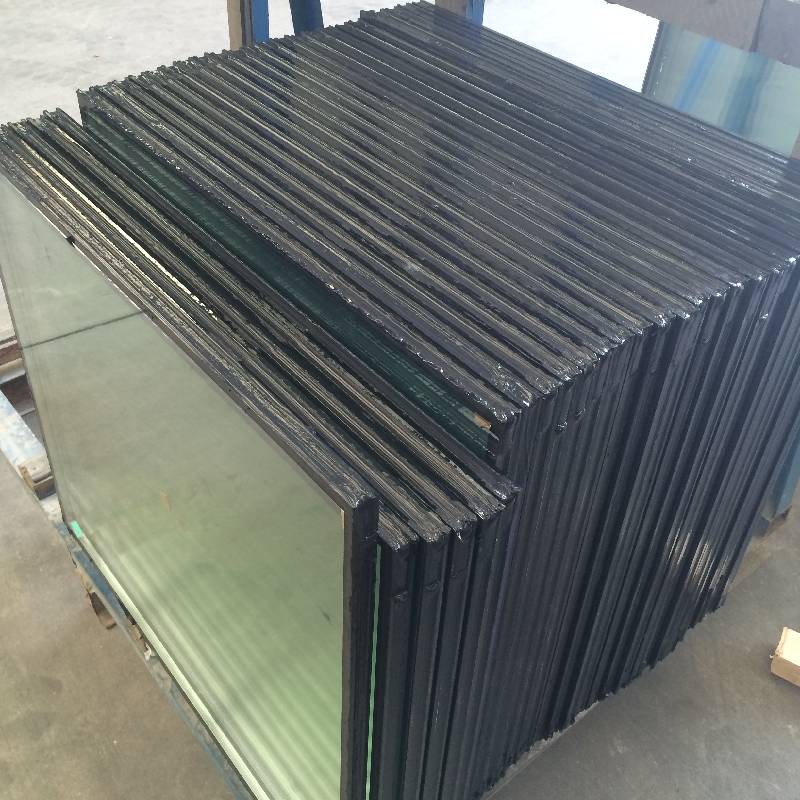

The Fluctuating Costs of Glass Understanding Glass Prices in Today’s Market
Glass is a ubiquitous material found in a myriad of applications, from architectural elements to household items. Its versatility and aesthetic appeal make it a popular choice in various industries, including construction, automotive, and electronics. However, the price of glass has shown considerable fluctuations in recent years, influenced by a combination of raw material costs, production technologies, and global market trends. Understanding these factors can shed light on why glass prices vary and how consumers and industries can adapt to this dynamic landscape.
Factors Influencing Glass Prices
1. Raw Materials The primary materials used in glass production include silica sand, soda ash, and limestone. Changes in the availability and prices of these raw materials can directly impact glass production costs. For instance, disruptions in mining or increases in transport costs can lead to spikes in raw material prices. Additionally, natural disasters or geopolitical tensions may affect the supply chains for these materials, further contributing to price volatility.
2. Energy Costs The glass manufacturing process is energy-intensive, primarily due to the high temperatures required for melting raw materials. Consequently, fluctuations in energy prices, particularly natural gas and electricity, play a crucial role in determining the overall cost of glass. As the world increasingly pivots towards renewable energy, traditional energy prices may also experience shifts, impacting manufacturing costs and ultimately influencing glass prices.
3. Production Advances Technological innovations in the glass industry, such as the development of more efficient furnaces and production methods, can lead to decreased production costs. When companies invest in advanced technologies, they may reduce their environmental footprint and enhance productivity, potentially stabilizing or lowering glass prices in the long run. However, the initial investment in such technologies can lead to temporary price increases as companies acclimatize to new methodologies.
4. Demand Fluctuations Global demand for glass products can fluctuate based on various consumer trends, economic conditions, and technological advancements. For instance, the rise of smart glass and other specialty glass products in the electronics industry has increased demand, leading to higher prices. Conversely, an economic downturn may result in reduced demand in construction and automotive sectors, subsequently lowering glass prices as supply exceeds demand.

The Global Market Impact
The global nature of the glass market means that prices can be influenced by international trade dynamics. Tariffs, trade agreements, and international relations play significant roles in shaping the costs associated with importing and exporting glass products. For instance, a surge in tariffs on imported glass may compel domestic producers to raise their prices, market fluctuations affecting profitability and competition. Additionally, regional differences in labor costs and production capacities can lead to disparities in pricing, further complicating the glass price landscape.
Adapting to Glass Price Fluctuations
For consumers and industries reliant on glass products, understanding and adapting to price fluctuations is essential. Businesses can consider sourcing materials from multiple suppliers to mitigate risks associated with supply shortages and sudden price hikes. Furthermore, undertaking bulk purchases during periods of lower prices can provide cost savings. For consumers, staying informed about market trends and comparing prices across vendors can lead to smarter purchasing decisions.
Conclusion
In conclusion, the fluctuating prices of glass are a reflection of the complex interplay between raw material costs, energy requirements, technological advancements, and global market dynamics. As the industry continues to evolve, staying attuned to these factors will be critical for both consumers and businesses aiming to navigate the ever-changing landscape of glass pricing. Whether you're a manufacturer, a builder, or a consumer, a deep understanding of these factors will empower you to make informed decisions in an increasingly complex market.